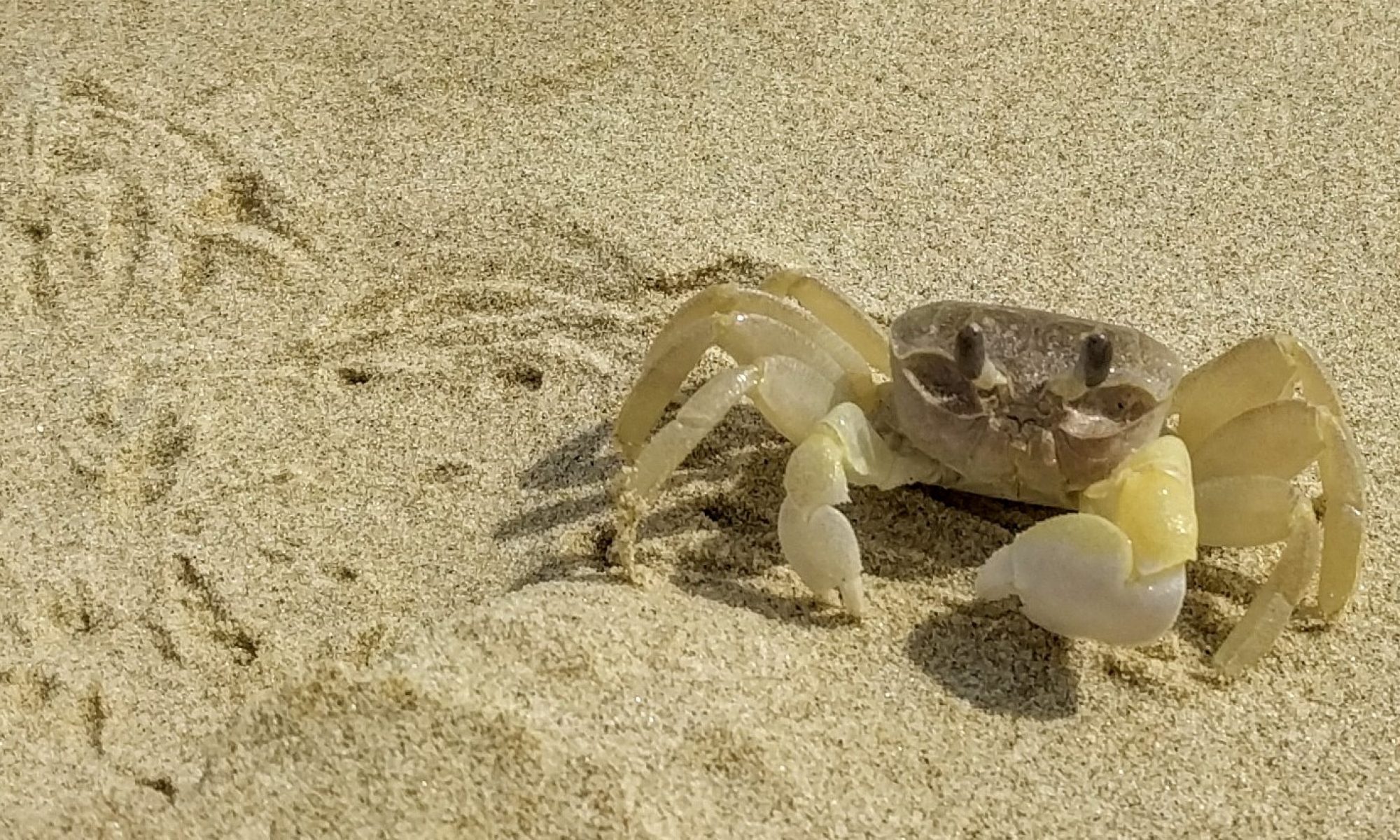Beachcombing is a great way to explore our shores and learn more about the animals that live along our rocky shores, sandy beaches and mangroves. There are so many amazing things to look out for including shells, shark eggs, crabs, cuttlefish bone, seaweed, sponges, along with interesting rocks, sea glass and driftwood. You never know what you will find?
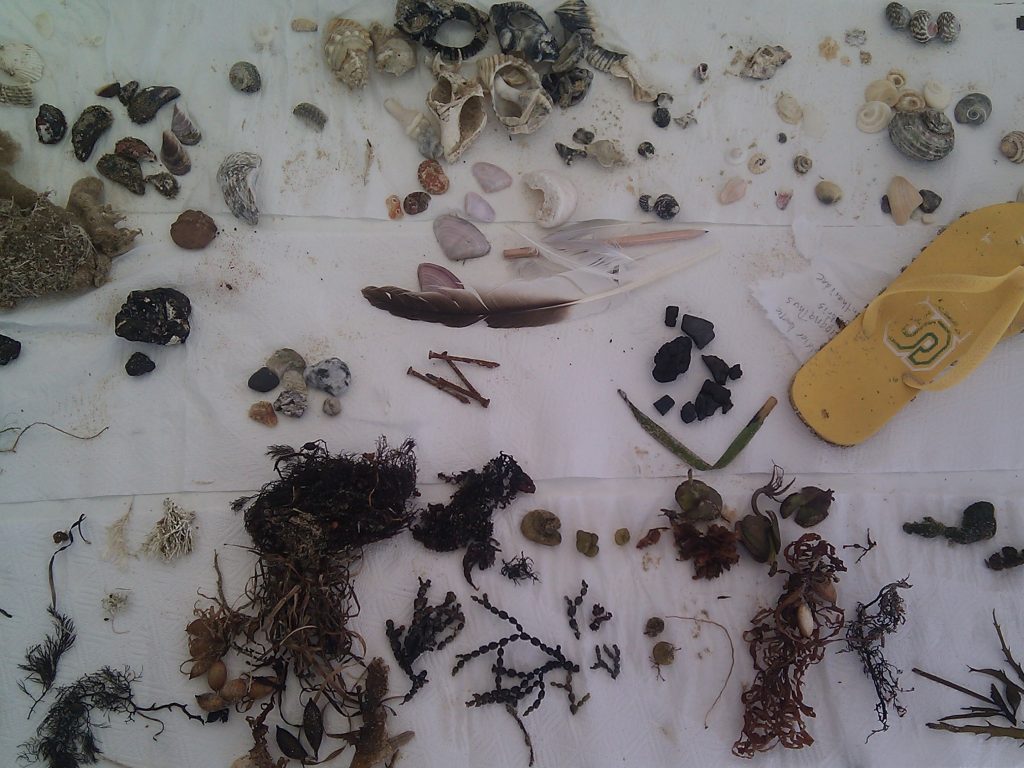
Here are a few ideas to help get you started.
- Wear comfortable shoes, hat and sunscreen
- Check the tides, the best time to explore is when the tide is going out
- A great time to explore is after a big storm
- Use caution and common sense as waves can still be big.
- Bring a camera to record your discoveries
- Use a scale to help identify the animals later
- Check local restrictions on collecting shells and driftwood.
- It is illegal to remove living animals or plants from the foreshore and rocky reefs in Marine Parks and National Parks
- Remember hermit crabs are always needing to upgrade their shells
- Bring a bag to collect rubbish to help keep our marine environment clean.
Below are some of the animals I found on a recent walk near Anna Bay in New South Wales, Australia. There were lots of shells, bits of driftwood and I was very lucky to photograph these crabs before they disappeared beneath the sand.
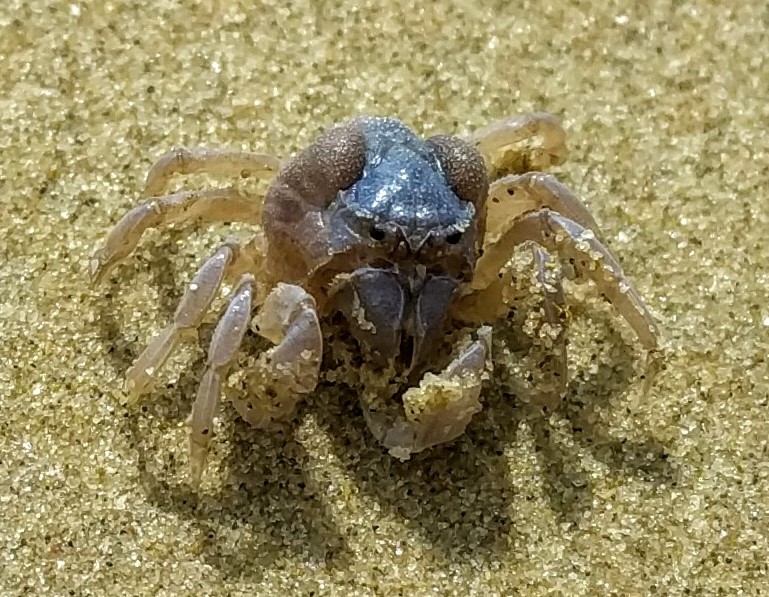
Soldier Crab Mictyris longicarpus Anna Bay NSW.
Soldier Crabs sort through the sand for organic matter, whats left is made into balls and left on the sand.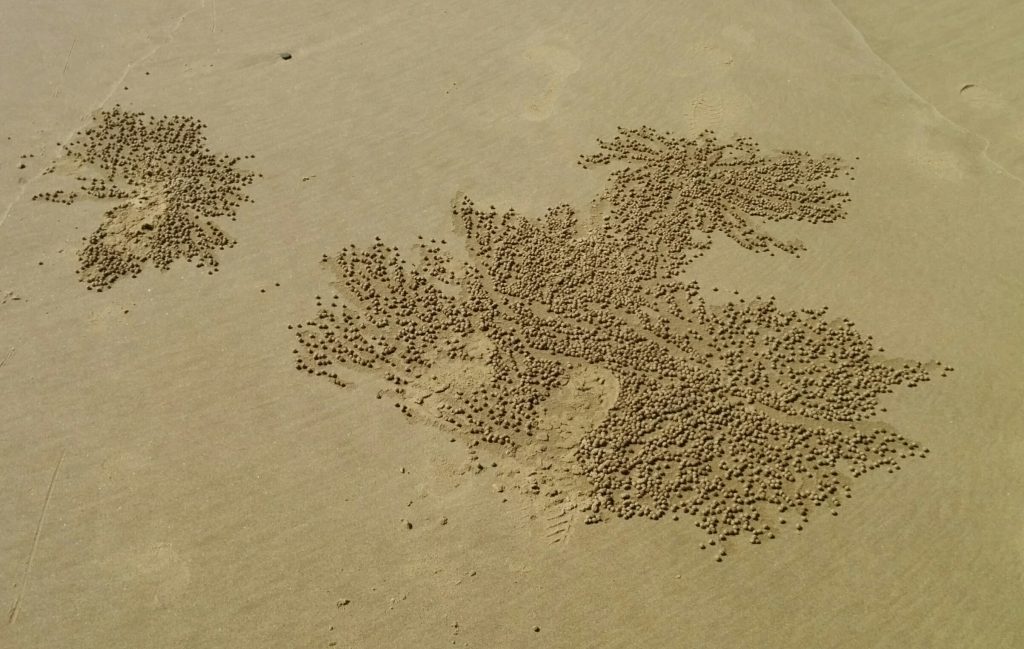
Sand balls made by Soldier Crabs. 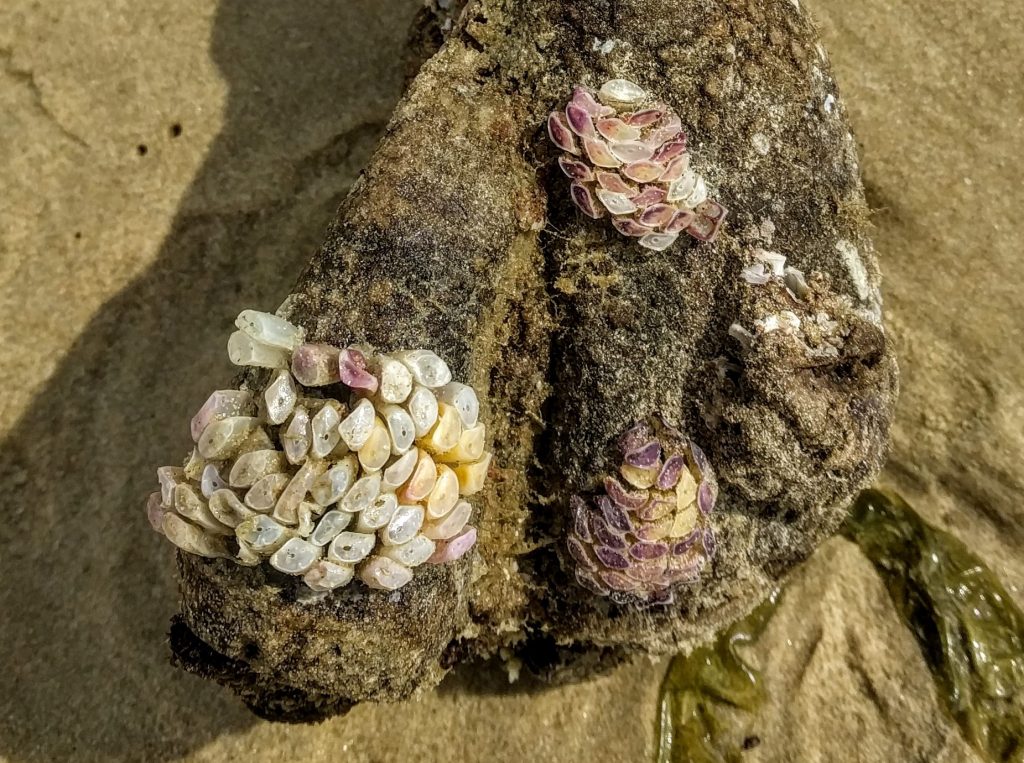
Cart-rut Shell Dicathais orbita eggs Anna Bay NSW .
The Cart-rut Shell is a large white snail with deep, parallel ridges or grooves in its shell. Keep and eye out for the distinctive eggs washed up on the shore.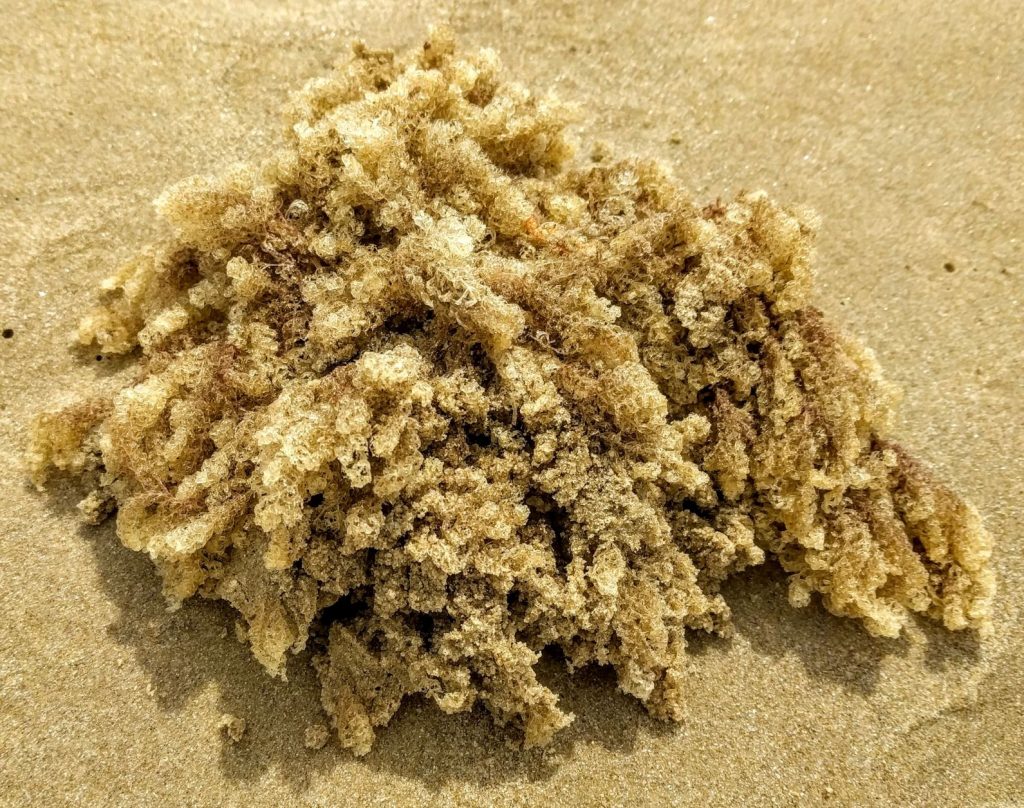
Sponge washed up on the beach near Anna Bay NSW.
There are about 1500 species of sponges found around Australia. You might find several different types along your local beach.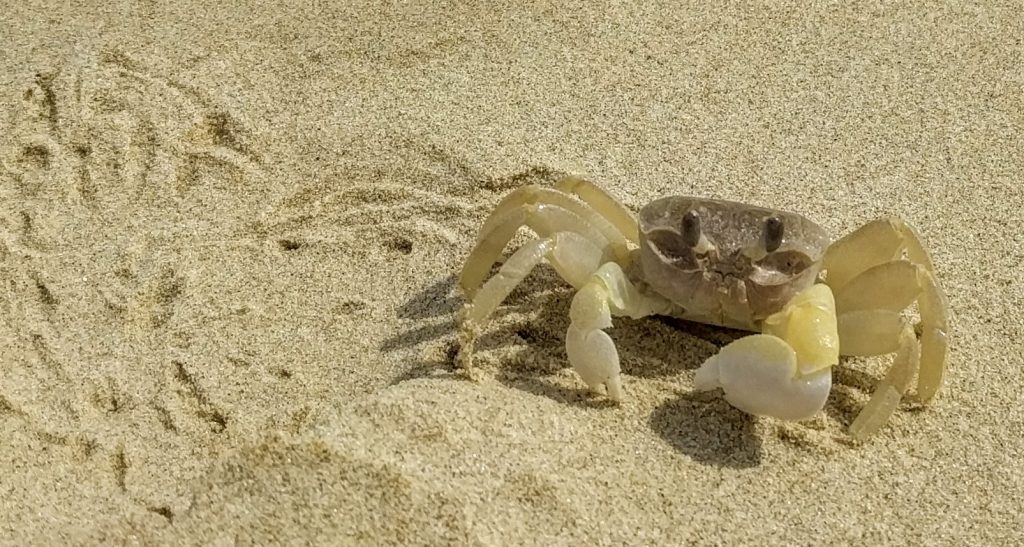
Ghost Crab Ocypode cordimana Anna Bay NSW.
You will might only catch a quick glimpse of this fast-moving crab as it races across the sand and disappears into a burrow.
If you find something interesting or that you haven’t seen before, do some research. Using a Google image search is a great place to start. You can also contact the Australian Museum for species identifications. Make sure your image has a scale to help with identification https://australianmuseum.net.au/learn/species-identification/
The Pumice Raft is coming
Keep an eye out along the east coast of Australia for the arrival of the Pumice Raft between March and June 2020. Queensland University of Technology geologist Scott Bryan said pieces of pumice from the eruption of an underwater volcano near Tonga in early August 2019 would wash up on Australian shores in 7- 12 months. “When it gets here, the pumice raft will be covered in a whole range of organisms of algae and barnacles and corals and crabs and snails and worms,” he said. “We’re going to have millions of individual corals and lots of other organisms all coming in together with the potential of finding new homes along our coastline.”
You can record what animals you see along our shores at the Atlas of Living Australia

